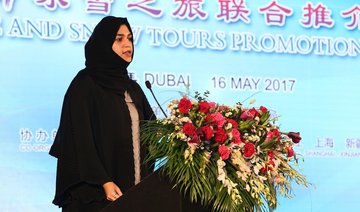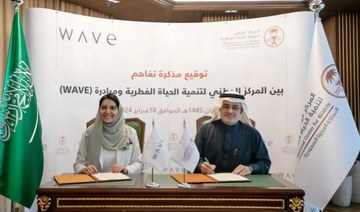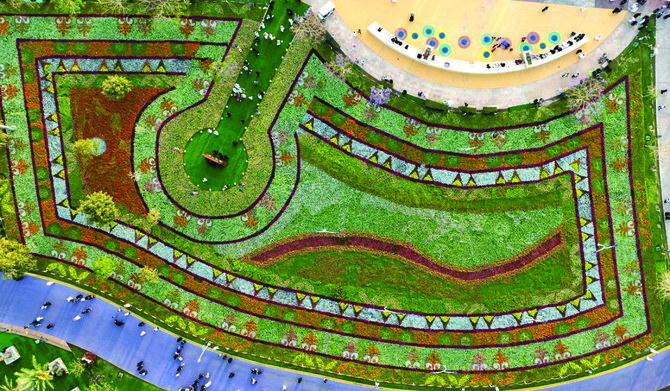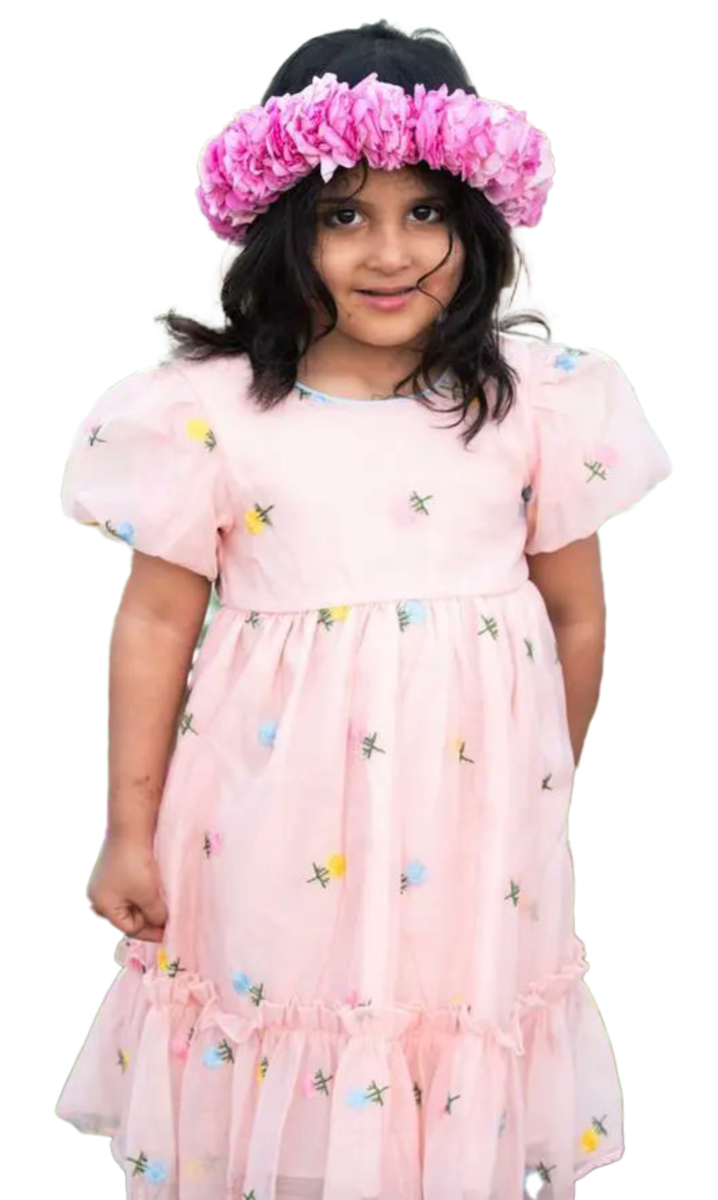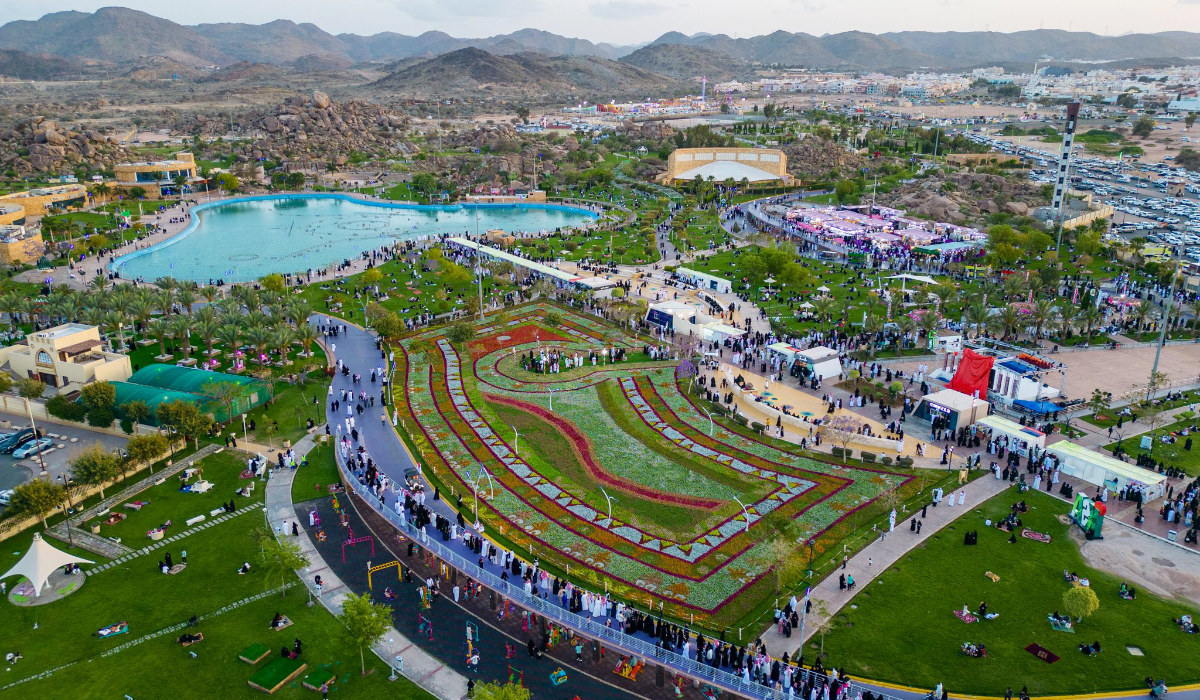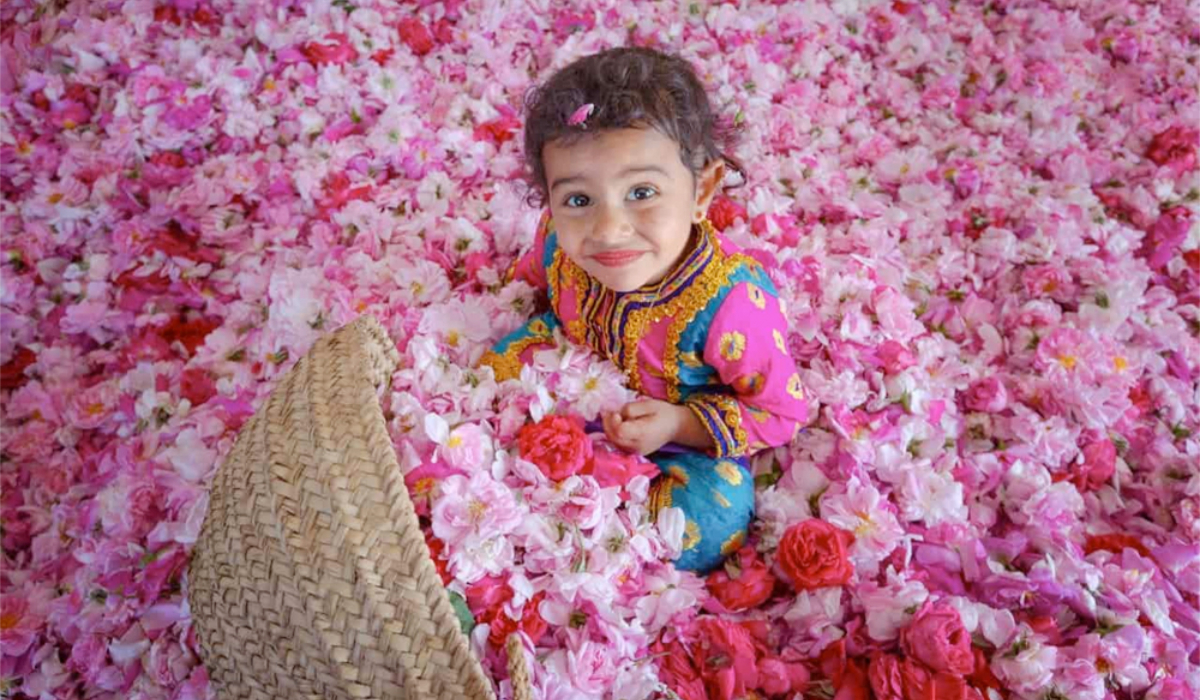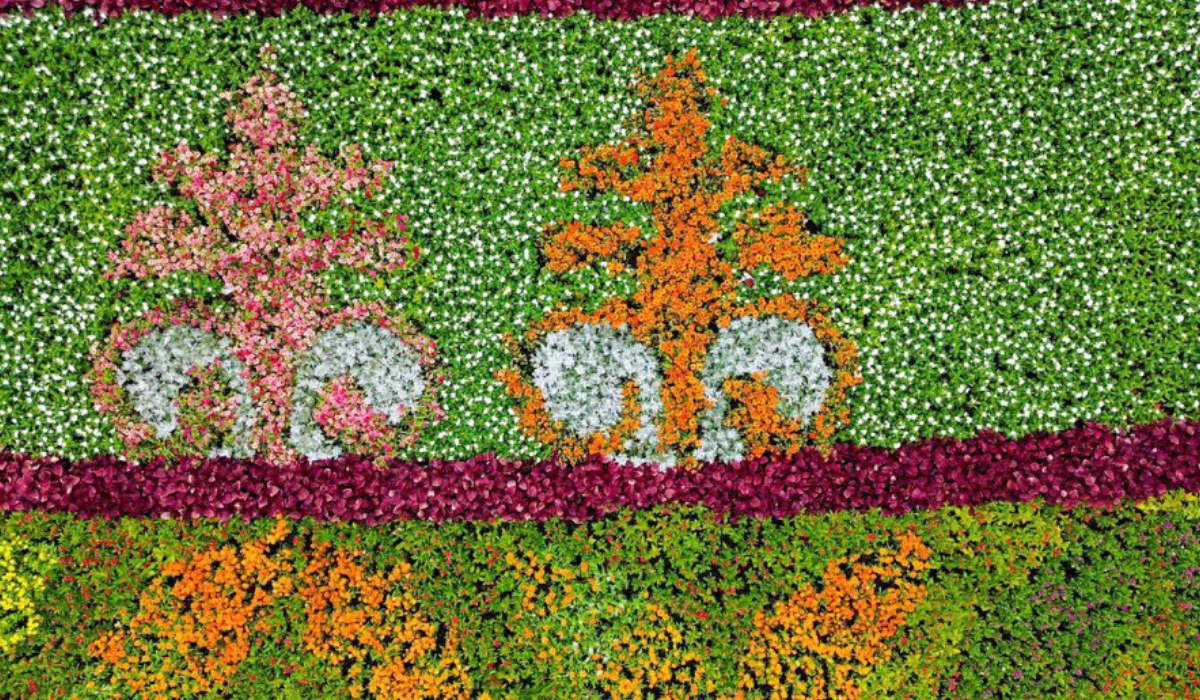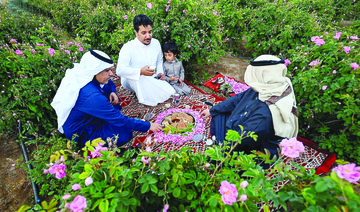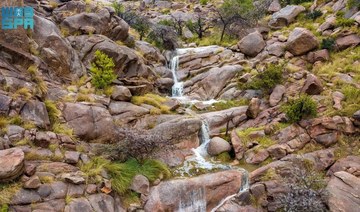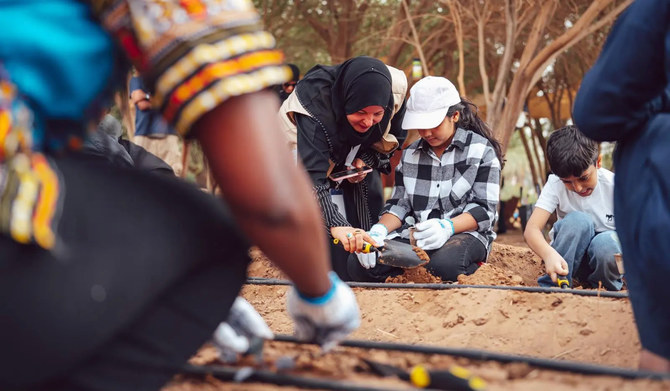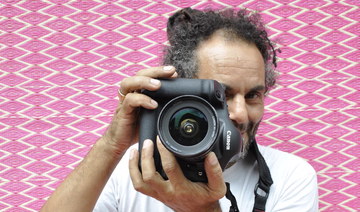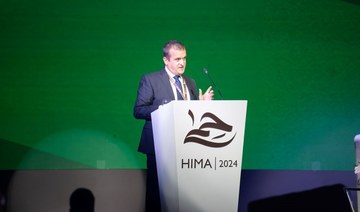Mention Croatia and everyone will tell you they’ve been to Dubrovnik. But the famous walled city is not the reason Croatia was for so long a jealously guarded secret of the hipster traveler.
Dubrovnik is certainly worth a visit, but to think you have experienced this stunning Balkan nation just by popping into its most popular tourist trap is to do it a huge disservice. Starting in the north, before heading toward that dreamy blue coastline, we’ve listed five other fascinating Croatian experiences that will give Dubrovnik a run for its money.
Capital culture, art and architecture
Begin in the capital Zagreb, where Austro-Hungarian and Communist-era architecture rub shoulders, and bohemian quirky cafes, perfect for people-watching, serve up great coffee.
Zagreb has a host of elegant galleries including the Mimara museum where you can admire a Rembrandt and the Mestrovic Atelier museum, dedicated to Croatia’s greatest sculptor. In the evenings, it is all about the buzz of trendy Tkalciceva.
Zagreb is also famous for its great antique markets. British Square offers the most authentic Communist mementos, while those seeking a real old-fashioned flea market should head to Hrelic/Jakusevac, just outside the city center.
Magical Plitvice National Park
A UNESCO World Heritage Site, Plitvice is an idyllic stopover as you head south toward the Adriatic coast. There are 19.5 hectares to explore with 16 stunning turquoise lakes linked by serenely cascading waterfalls that will take your breath away.
Marked pathways, including 18km of wooden footbridges, allow you to walk on the lakes, pass behind waterfalls and wander through dense woodland. Take the family with you and see if they can spot the tracks of bears, wolves, deer or boar — all of whom call Plitvice home. Later, at one of the large upper lakes, hand them a fishing net and watch the delight on their faces as they catch some of the little stickleback fish swimming freely in the aqua blue waters.
Adriatic island hopping
Croatia is home to Europe’s finest archipelago, and each island has its own stunning character. Island hopping is a no brainer if you make it this far south.
Mljet has swimmable salt lakes and a national park made for trekking; those wanting to party on the beach all night should head to Pag; for pristine nature lovers exploring northernmost Cres’ primeval forest is a real treat, while quiet Vis has the finest fish cuisine of them all.
For families though, the little Island of Rab, with its child-friendly beaches where the shallow, crystal clear Adriatic laps at your feet, is a must. In the evenings wander through the cobbled streets of the medieval town before grabbing an ice cream so you can sit by the quayside and watch the sun dip behind the quaint bell towers.
Latin charm in Opatija
Opatija reached its cultural zenith during the Austro-Hungarian Empire when the bourgeoisie built houses all over the town.
The agreeable all-year-round climate they loved so much now attracts bronzed Italians who regularly drive across the border to stay in the hotels that were once their grand residencies. Chic, and boasting a delightful local cuisine, Opatija is a jewel of a place.
Dictator’s playground; Brijuni National Park
Now a national park, Brijuni was once the playground of former Yugoslavian dictator Josip Broz, known as “Tito.” During his 35-year grip on the nation between 1945 and 1980, Tito held many of his lavish parties on his private island retreats.
Both Veli Brijun and Mali Brijun islands are now open to the public. Veli was once Tito’s exotic zoo, filled with elephants, blue antelope, lamas, mountain zebras, Indian holy cattle and Somali sheep — all gifts from his famous foreign friends and leaders. Now it is a safari park that can be taken in as part of the island’s three-hour tour, or by yourself on a hired bike.
Finally, there is the Tito Museum, littered with pictures of the dictator with his famous guests. These include film stars Elizabeth Taylor and Sophia Loren, as well as world leaders Indira Gandhi and Fidel Castro. You can’t miss it, it’s the only place in Croatia with a black convertible Cadillac parked outside.
About the writer
Tharik Hussain is an award-winning broadcaster and travel writer specializing in Muslim heritage of the West and Muslim (halal) travel. A guidebook writer for Lonely Planet, Tharik's work is regularly published across the globe. To see more visit www.tharikhussain.co.uk.










